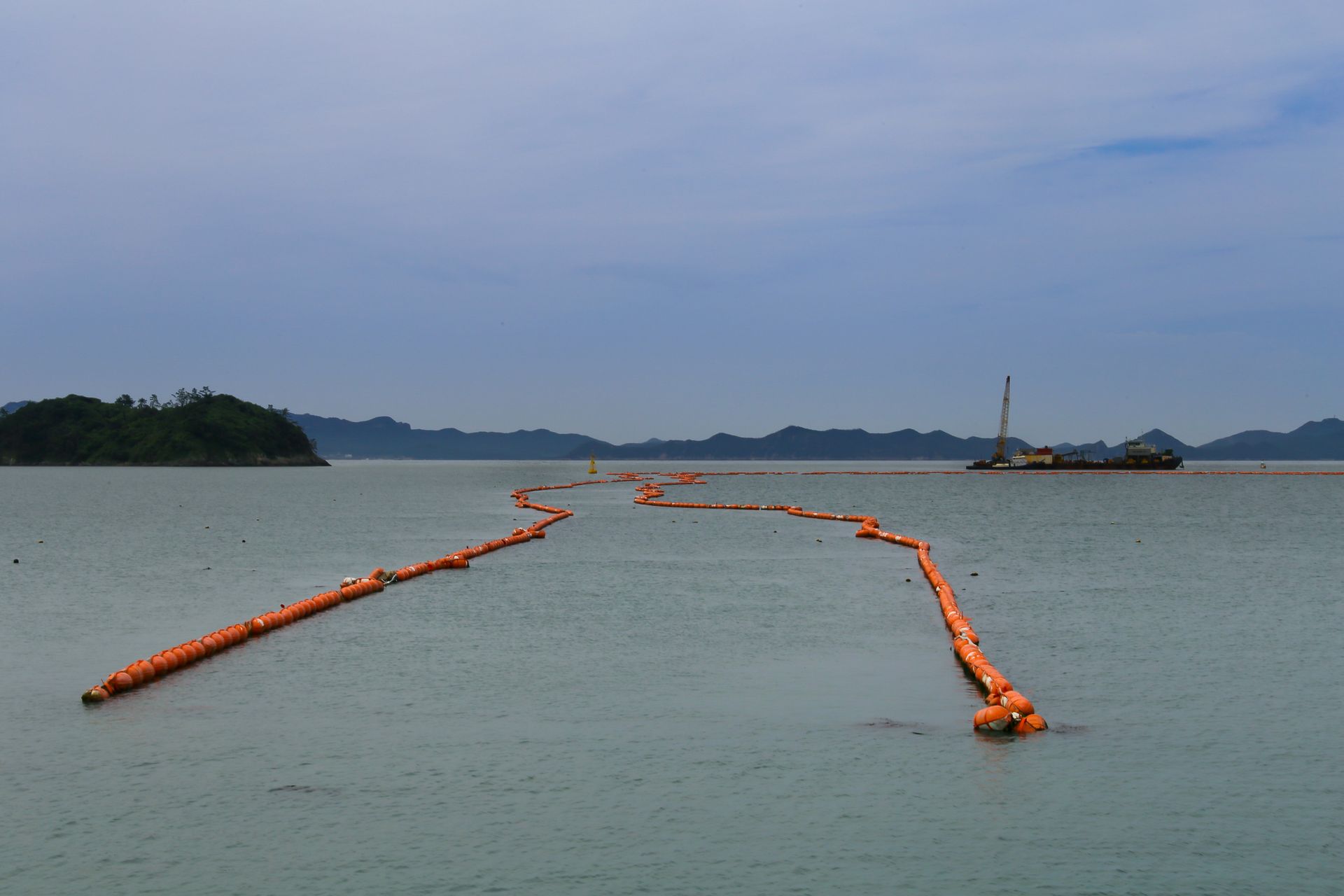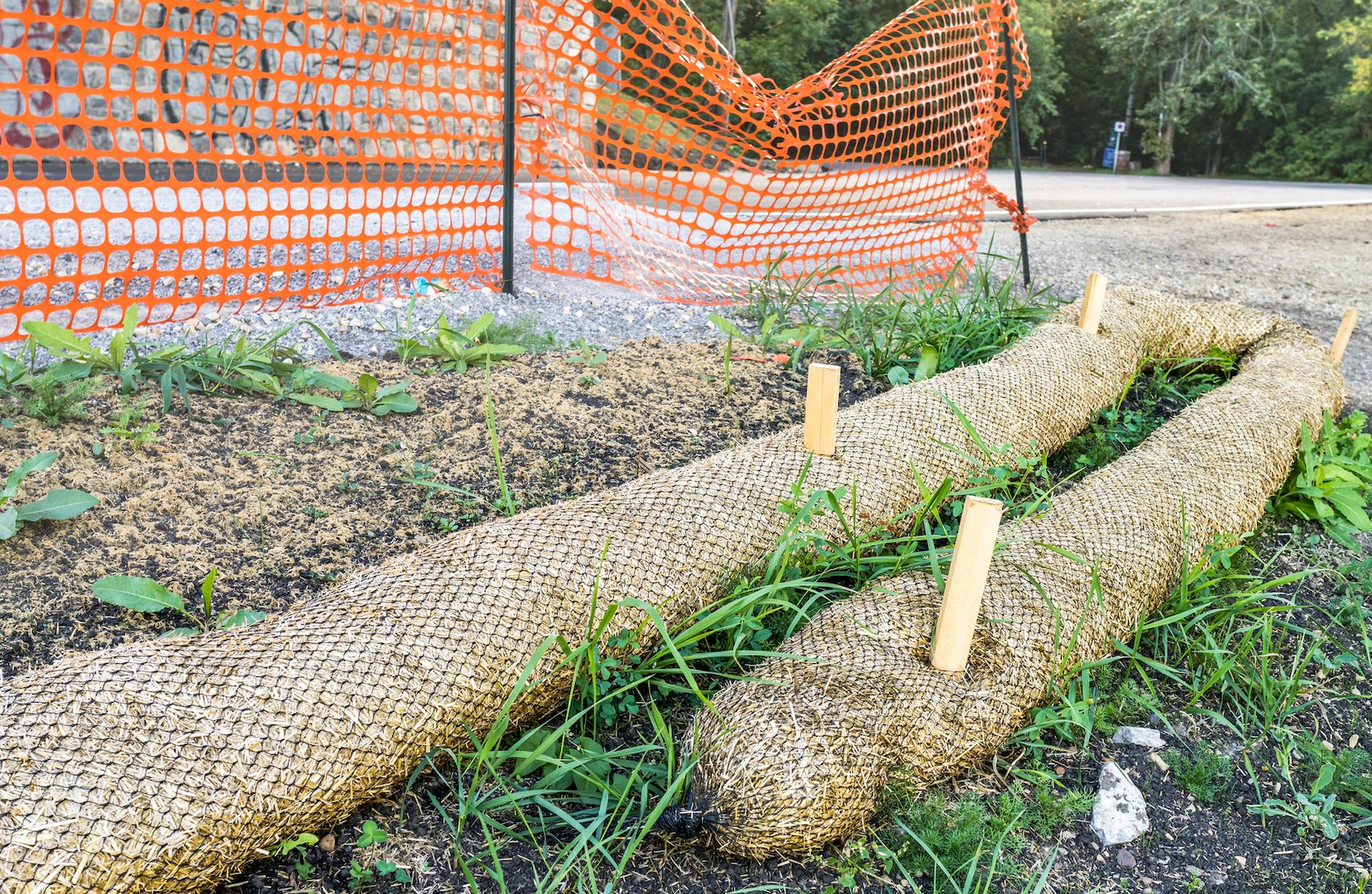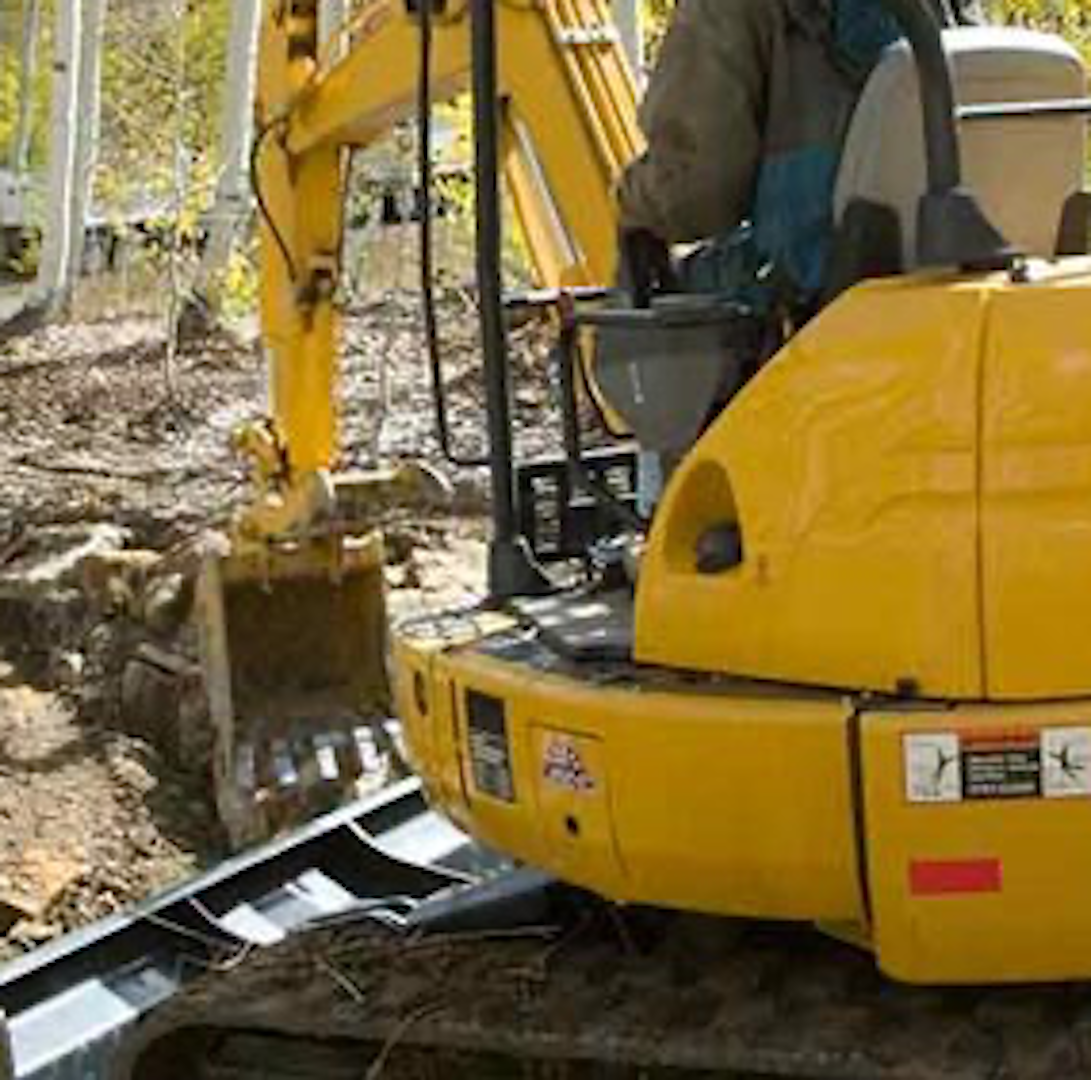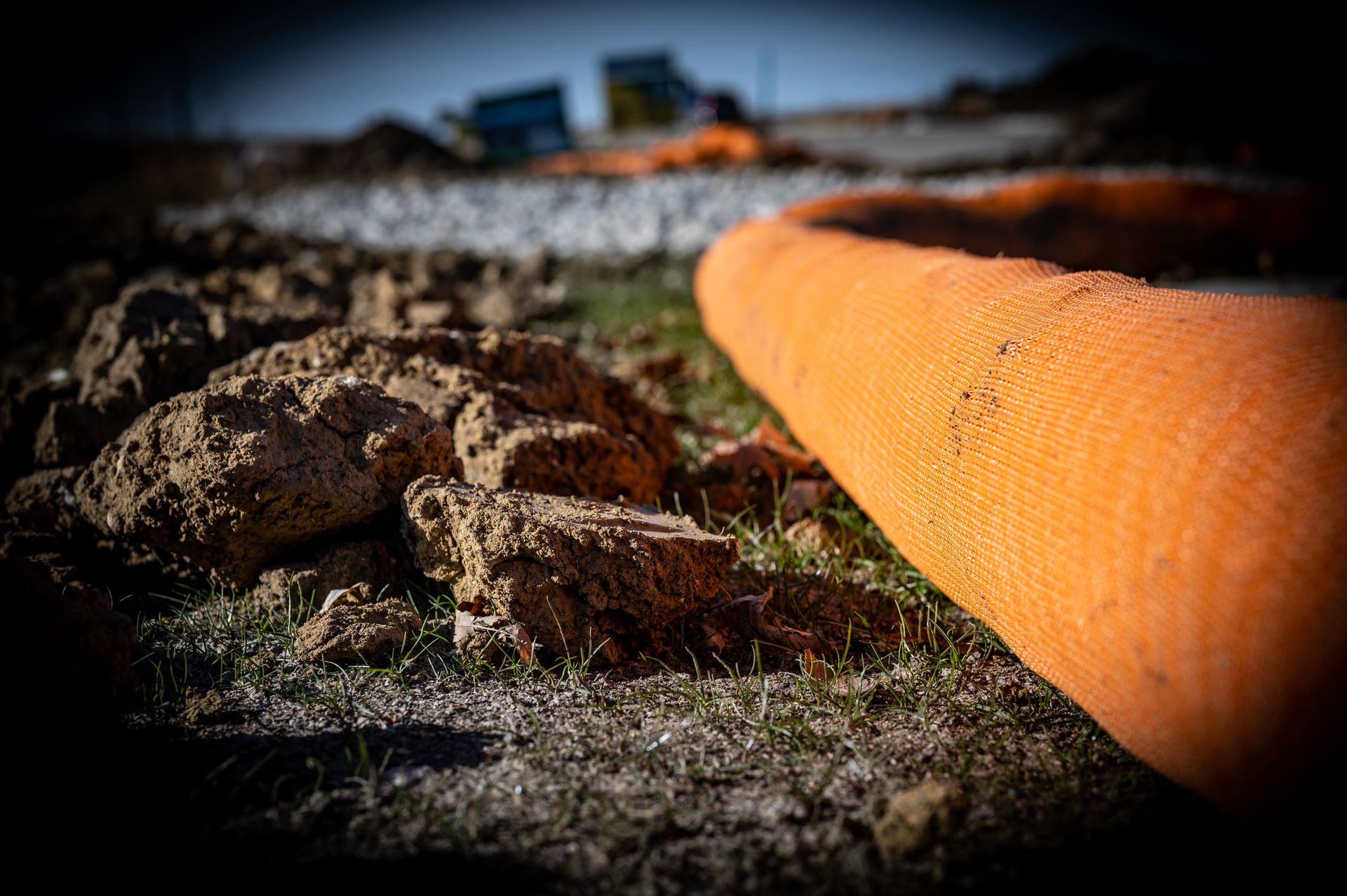Stormwater runoff from construction sites can carry sediment, concrete washout, chemicals, and debris directly into local waterways if it isn’t properly controlled.…
EPA Construction General Permit: What Site Operators Need to Know
Construction sites generate large amounts of sediment, debris, and chemical runoff, contributing to an estimated 40% of water pollution and 23% of air pollution in the US.
Top Construction Site Hazards You May Be Overlooking
Construction accidents account for 20% of all workplace fatalities in the United States.…
Understanding the NPDES Permit: How to Be NPDES Compliant?
The US Clean Water Act protects public waterways by regulating how facilities discharge pollutants into the environment.…
Why Every Home Builder Needs a QA Specialist
What Is Quality Assurance in Construction?
Quality assurance in construction matters because it ensures buildings meet high standards through defined systems of planning, inspection, and verification.…
9 Best Practices for Sediment Control on Worksites
After erosion comes sediment, one of the most destructive byproducts of excess erosion to local water systems.…
Common Construction Terms and What They Mean: Glossary
Miscommunication on worksites can lead to workplace injuries and wrong tasks that delay projects and inflate budgets.…
How to Plan and Improve Toolbox Safety Meetings
Toolbox safety meetings—often referred to as “tailgate meetings” or “safety huddles”—help improve safety culture across your organization and reduce your liability.…
How Much Does It Cost to Implement a Stormwater Management Plan
Stormwater management is essential to protecting infrastructure, reducing flooding, and keeping waterways clean.…










